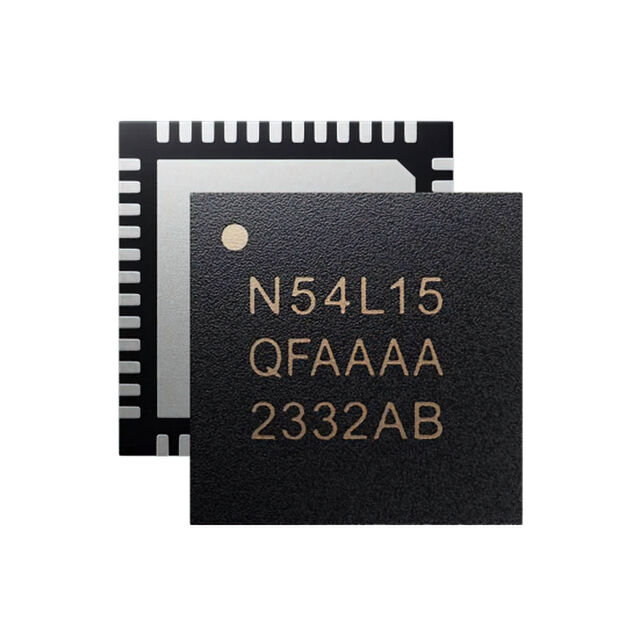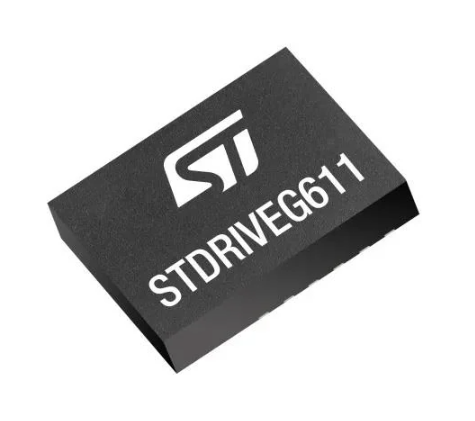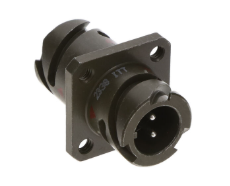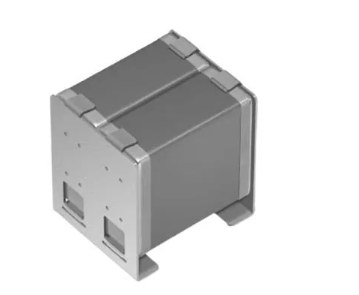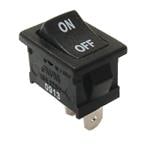Robot made up of fish food presents eco-friendly option
What does an eco-friendly aquatic robot look like? In the case of scientists at EPFL, in Switzerland, the robot they have designed is made up of fish food.
Designed in the shape of a boat, the robot takes advantage of the Marangoni effect used by some aquatic insects to propel themselves across the surface of water. A chemical reaction within a tiny detachable chamber produces carbon dioxide gas, which enters a fuel channel and forces the fuel out. The reduction in water surface tension caused by ejected fuel propels the robot forward.
This design is not only effective, but non-toxic and biodegradable. The fuel is propylene glycol, a liquid commonly found in skincare products.
“While the development of miniature swimming robots for natural environments has progressed rapidly, these typically rely on plastics, batteries, and other electronics, which pose challenges for mass deployment in sensitive ecosystems,” explained Shuhang Zhang, PhD student, EPFL. “In this work, we show how those materials can be replaced by completely biodegradable and edible components.”
Zhang and a team from the Laboratory of Intelligent Systems, led by Dario Floreano in the School of Engineering, reported their findings in Nature Communications.
The robot is designed to not only be harmless to aquatic fauna, but possibly beneficial. To add strength and rigidity to the outer structure - approximately 5cm long - the researchers used fish food with a 30% higher protein content and 8% lower fat content than commercial pellets. In other words, the robot can act as nourishment for aquatic life at the end of its lifetime, just as animals do.
The EPFL team hopes that the robots can be deployed in large numbers. Each device would be equipped with biodegradable sensors for collecting environmental data like water pH, temperature, pollutants, and the presence of microorganisms.
Rather than precisely controlling the directional movement of the robot, the team has fabricated ‘left turning’ and ‘right turning’ variants by altering the fuel channel’s asymmetric design. This level of control disperses the robots across the water’s surface and their pseudo-random movements mimic those of insects, making them suitable vessels for delivering nutrition medication to fish.
This work marks the latest innovation in the burgeoning field of edible robotics. The Laboratory of Intelligent Systems has already published papers on edible devices, including edible soft actuators as food manipulators and pet food; fluidic circuits for edible computation; and edible conductive ink for monitoring crop growth.
Floreano has also published a perspective on robotic food with colleagues from the RoboFood consortium; a project he coordinates that was launched in 2021 with EU funding to explore the potential of these devices.
“The replacement of electronic waste with biodegradable materials is the subject of intensive study, but edible materials with targeted nutritional profiles and function have barely been considered, and open up a world of opportunities for human and animal health,” Floreano concluded.


